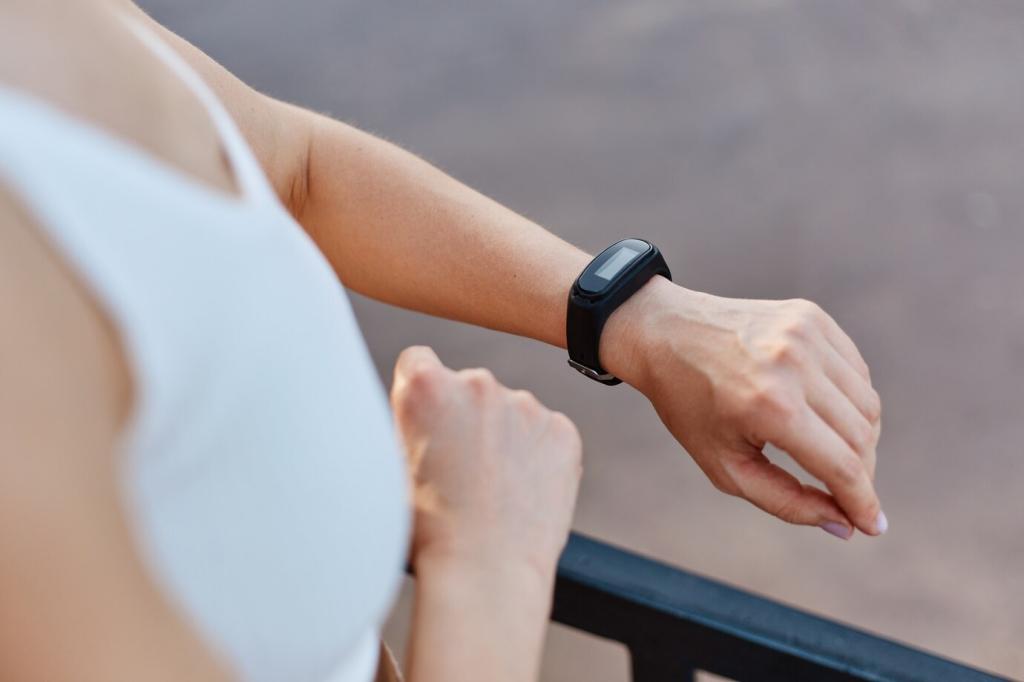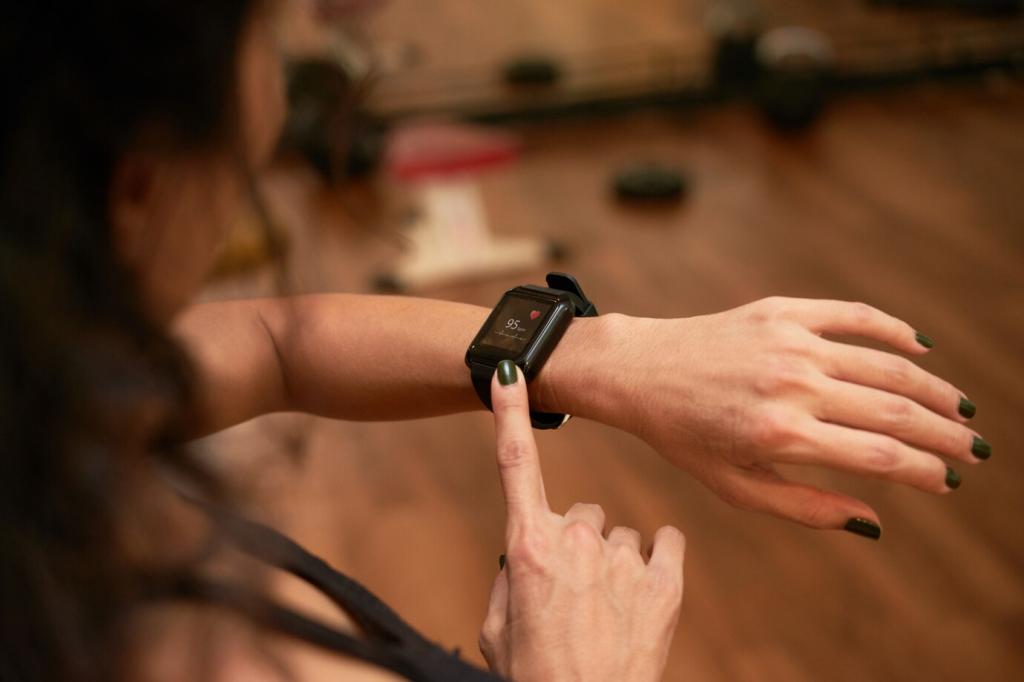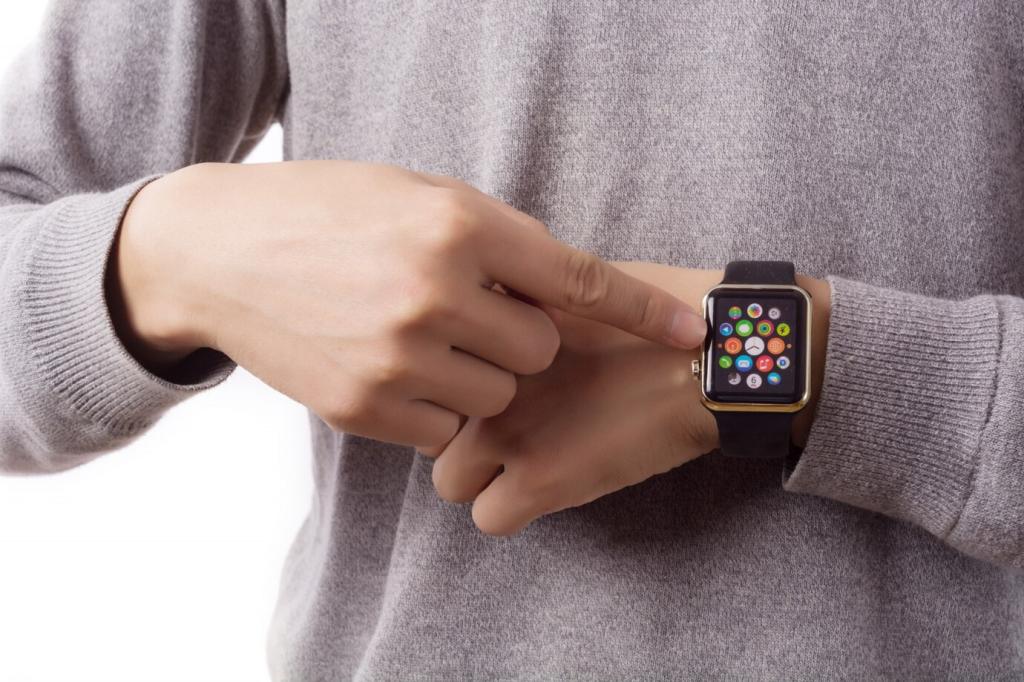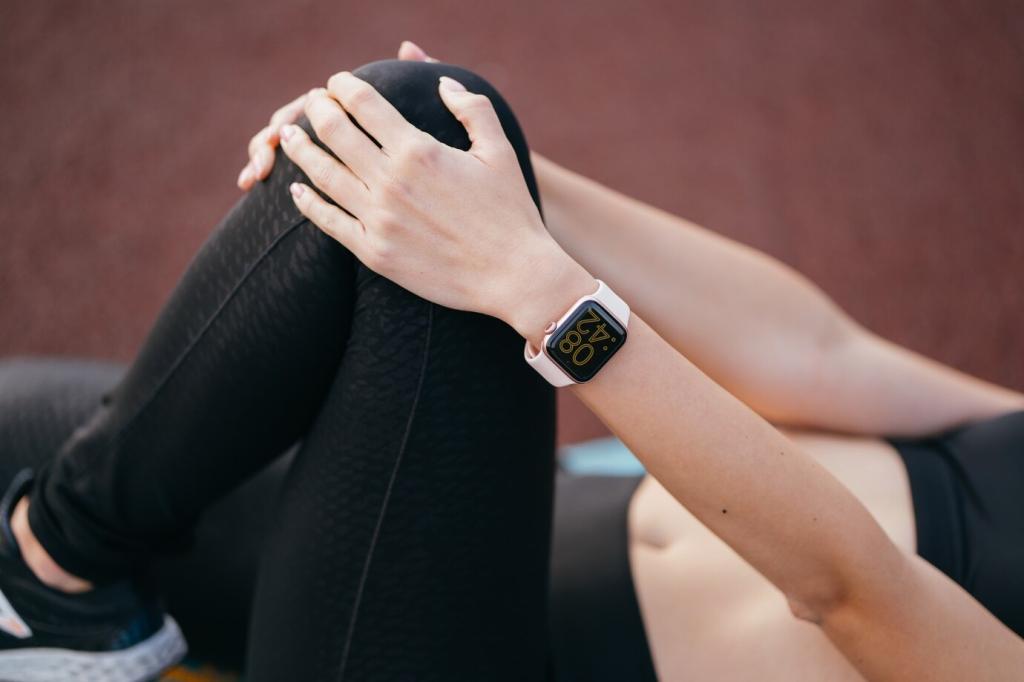Cryptography and Key Management for Constrained Devices
Favor elliptic-curve cryptography for speed and size, such as X25519 and Ed25519, paired with modern AEAD like AES-GCM or ChaCha20-Poly1305. Evaluate hardware acceleration and memory constraints carefully. Measure power impact under realistic synchronization workloads repeatedly.
Cryptography and Key Management for Constrained Devices
Prefer secure elements, trusted execution, or platform key stores on companions. Never store plaintext secrets in logs or preferences. Bind secrets to device identity, throttle access, and monitor failed attempts. Defense in depth matters when debugging gets messy.






